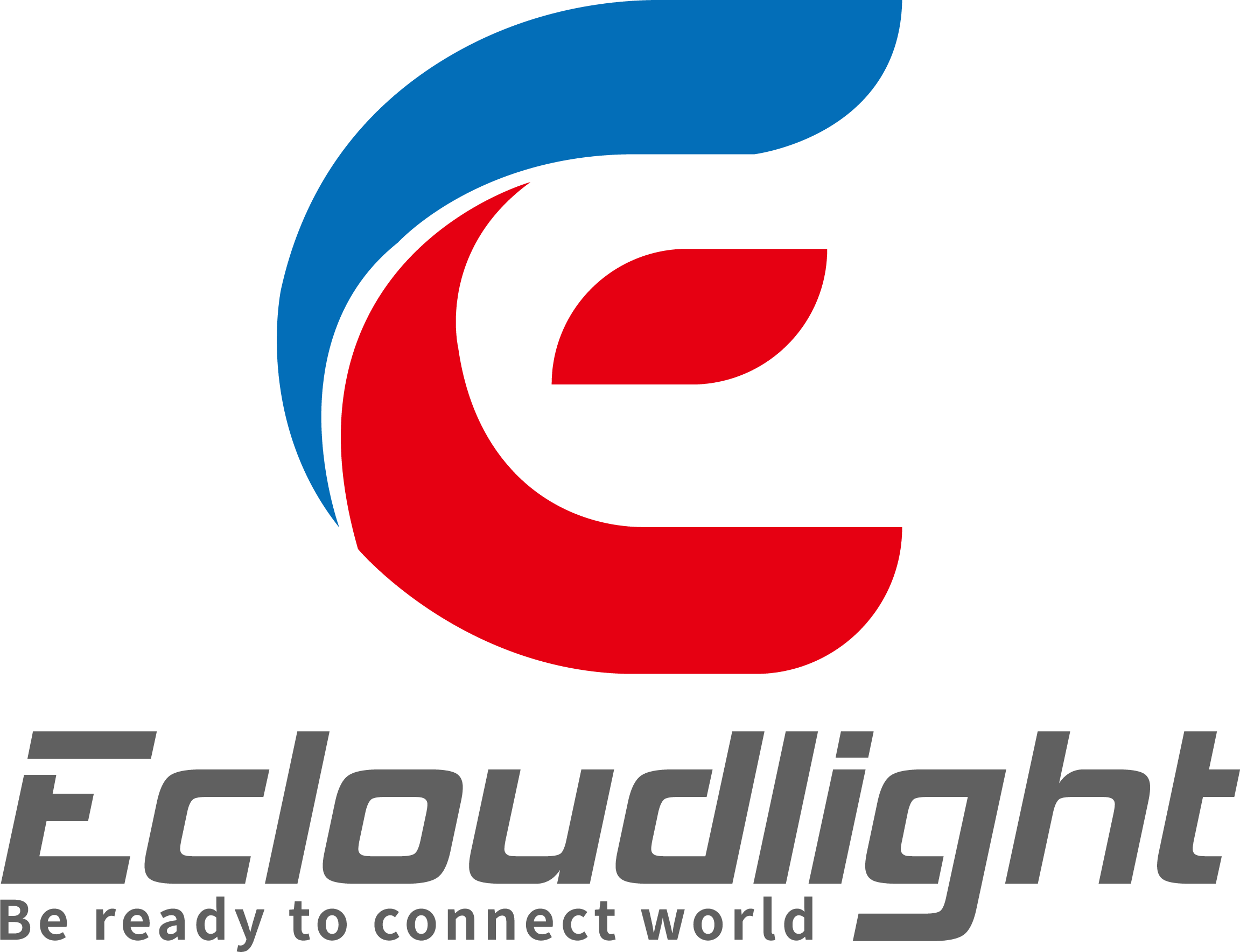Bidi Transceiver module detailed introduction 2022
In recent years, the use of optical transceivers has exploded. This is largely due to the ever-growing demand for bandwidth. Optical transceivers are used to connect different types of optical fiber, and they come in a variety of different forms. In this blog post, we will be discussing bidirectional SFP transceivers. We will start by defining what a bidi transceiver is, and then we will discuss the different types that are available. We will also take a look at some of the advantages that bidirectional SFPs offer over their single-directional counterparts. Finally, we will examine some of the applications that these transceivers are commonly used for.
What is bidi transceiver?
A bidi transceiver is a type of transceiver that uses Bi-Directional technology to process data in both directions (send and receive) over optical fiber. This allows bidi transceiver modules to transmit and receive data to/from other interconnected devices (like network switches or routers) via a single optical fiber. In contrast, common transceivers typically use a simplex connector and require two fibers - one for transmitting data and one for receiving data. As a result, bidi transceivers offer a more efficient and cost-effective solution for networking applications that require full-duplex communication. Additionally, bidi transceivers are often used in deployments where fiber resources are limited - such as in fiber-to-the-home (FTTH) applications. Some common types of bidi transceivers include bidi SFPs, bidi XFPs, and bidi QSFPs.

How does the bidi module work?
BiDi modules are equipped with WDM couplers to combine or split data transmitted over a single fiber using different wavelengths of light. As with traditional transceivers, bidirectional transceivers should be deployed in pairs. However, for BiDi, we should use two modules: one for the upstream ("U") direction and the other for the downstream ("D") direction - each transmitting at the opposite wavelength. For example, we installed a transceiver from point A that transmits TX at 1490nm to point B on a single fiber. There is a transceiver at point B that receives RX at 1490 nm and transmits back to point A at 1550 nm on the same fiber.

The most common BiDi SFP+ modules in 10G Ethernet applications are: SFP-10G-BXU (upstream) and SFP-10G-BXD (downstream). These modules are compliant with the SFP+ MSA and offer bidirectional serial data communications up to 10.3125 Gb/s supporting link lengths of 10km over single-mode fiber (SMF). Additionally, by using WDM couplers/diplexers, we can multiplex multiple signals onto a single fiber, further increasing efficiency and reducing costs.

How Many BiDi Module Types?
There are four common types of BiDi modules: 40g QSFP+, 25g SFP28, 10g SFP+, and 1000BASE-BX.
The 10G SFP+ BiDi module uses an LC duplex connector and has a data rate of 10 Gbps. The 1000BASE-BX BiDi module uses an LC simplex connector and has a data rate of 1 Gbps. The most common wavelength for SFP modules is 1310/1490 nm, but there are also variants available for 1490/1550 nm and 1310/1550 nm. These modules are designed for use in 1/10 GB deployments and can reach distances of up to 80 km.
The 25Gbase SFP28 BiDi module uses an LC simplex connector and has a data rate of 25 Gbps.
Each QSFP 40-Gbps BiDi transceiver consists of two 20-Gbps lanes in the 832-918 nm wavelength range, enabling an aggregated 40-Gbps link connected by two multimode fiber strands. These are two 20G bidi channels transmitting in parallel, each channel can simultaneously receive and transmit signals, supporting connections of up to 150 meters on the OM4 MMF. It uses LC Duplex connectors.
All four types of BiDi modules use WDM technology to transmit data over two strands of optical fiber.
Advantages of Bidi optics
The utilization of BiDi optics can have a number of advantages for a fiber optic network. One benefit is that it can help to make full use of fiber strands, and as a result, can double the network capacity. Another advantage is that BiDi optics can increase the reliability of the fiber connection due to fewer connections and endpoints. In addition, BiDi optics can help to reduce fiber cabling infrastructure costs by reducing the number of fiber patch panel ports. Consequently, the utilization of BiDi optics can provide a number of benefits for a fiber optic network.
Best bidi SFP module manufacturer
Ecloudlight offers a suitable choice for bidi transceivers. Prices for SFP+ bidi modules start at $22.9. For details, please refer to the table below.
| Product item | Ecloudlight | FS.COM |
|---|---|---|
| SFP-10G-BXU/SFP-10G-BXD SFP+ Bidi 10km | $21.9 | $40 |
| SFP-10G-BX40U/SFP-10G-BX40D SFP+ Bidi 40km | $22.9 | $54 |
| SFP-10G-BX60U/SFP-10G-BX60D SFP+ Bidi 60km | $64.9 | $149 |
| SFP-10G-BX80U/SFP-10G-BX80D SFP+ Bidi 80km | $399 | $989 |
At Ecloudlight, we pride ourselves on offering our customers the most cost effective bidi transceiver on the market. Our strict production process and complete testing process ensures that our products meet the highest standards of quality and performance. We also offer next day delivery for all orders, so you can be sure you'll get your product quickly and efficiently.











